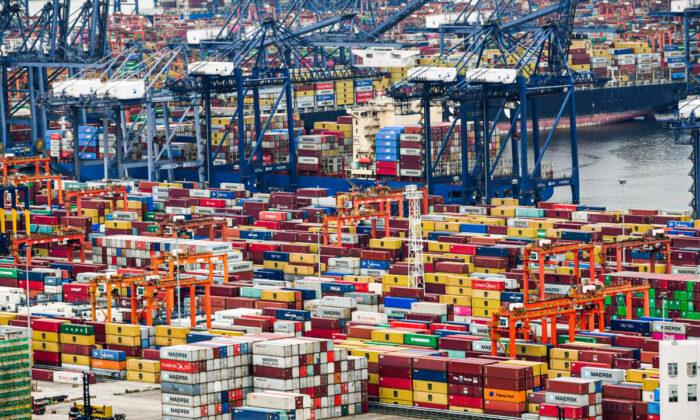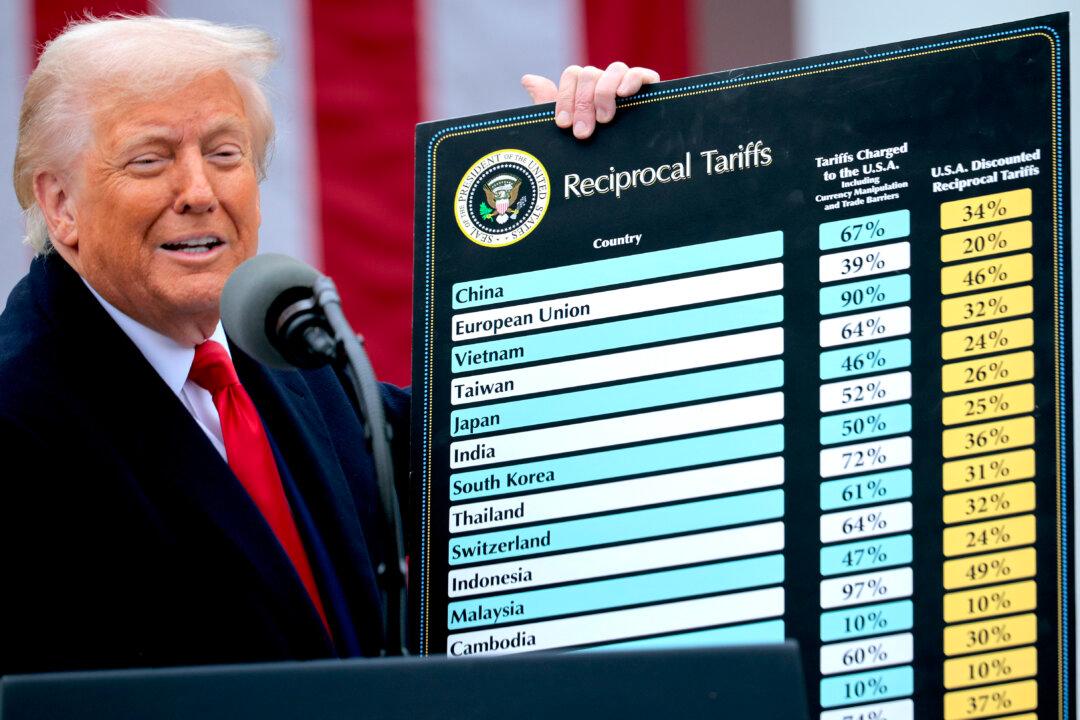Consumer prices jumped 7 percent in 2021, the largest annual increase in nearly four decades. After months of increasing prices, the most pressing question now is: Has inflation in the United States peaked?
Wall Street analysts project four rate increases this year from the U.S. central bank. As interest rates rise, so does the cost of borrowing, which will take some of the steam out of the economy.
But can the Fed contain stubbornly high inflation while some headwinds persist for supply chains?
The pandemic has paralyzed the production and flow of goods around the world, causing prices to rocket. Yet bottlenecks are expected to continue as the Omicron variant and China’s “zero-COVID” strategy deal further blows to global supply chains.
“The impact of the Omicron variant may continue to unfold,” John Porcari, the Biden administration’s port envoy, said at a White House press briefing on Jan. 5.
Porcari was tasked with addressing port congestion in August 2021. He said ports have seen significant progress and have been operating at record levels.
However, he noted, “it’s hard to tell” whether supply chain pressures have peaked.
More Chinese cities are coming under lockdown as part of Beijing’s zero-COVID policy to contain the virus. These restrictions affect operations in key manufacturing plants and ports, and therefore pose significant risks to global supply chains, analysts say.
Since late December 2021, Chinese officials have disrupted business operations in several cities over cases of COVID-19, including Tianjin, a major port city near Beijing, and Shenzhen, the southern tech hub just across the border from Hong Kong.
Disruptions and backlogs in global supply chains have overwhelmed the United States’ two largest ports, Los Angeles and Long Beach in California, since last summer.

In addition, a truck driver shortage in the United States continues to exacerbate these problems and increase shipping costs. The American Trucking Associations forecasts that the United States is short 80,000 truckers—an all-time high for the sector.
“More recently, the GSCPI seems to suggest that global supply chain pressures, while still historically high, have peaked and might start to moderate somewhat going forward.”
The Consumer Price Index rose 7 percent in the 12 months through December 2021, the fastest pace since June 1982 and much higher than the Fed’s 2 percent target rate. The core inflation rate, which strips the volatile food and energy sectors, advanced 5.5 percent year-over-year—the highest rate since June 1991.





